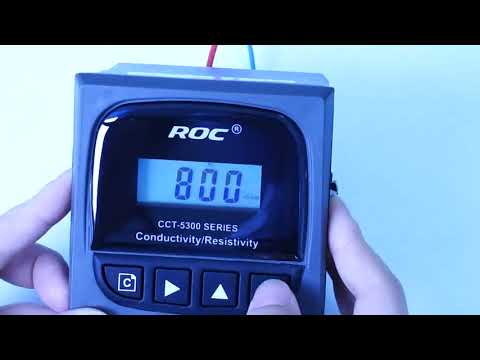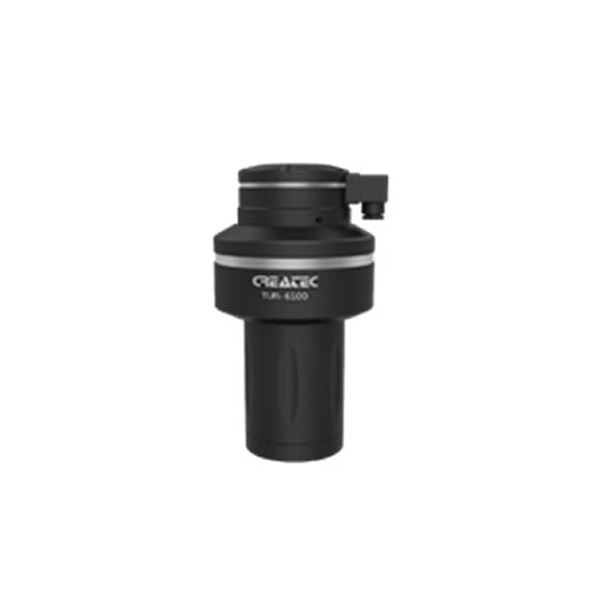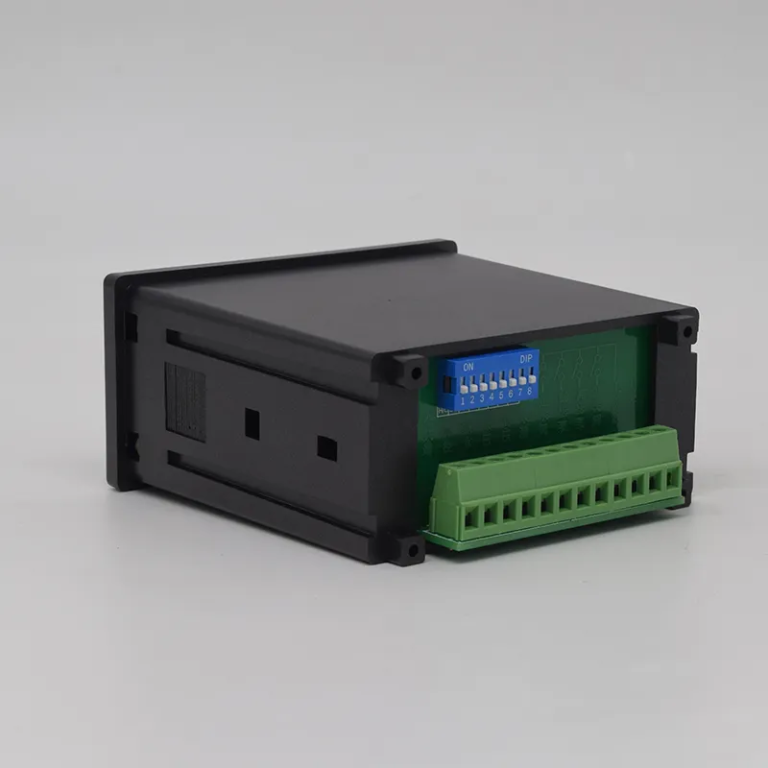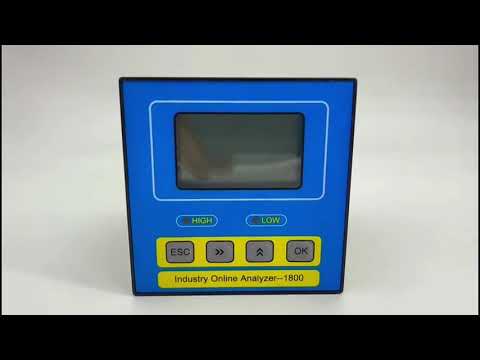Table of Contents
Understanding TDS Meter Readings for Drinking Water:
Understanding TDS Meter Readings for Drinking Water
When it comes to ensuring the quality of our drinking water, there are several factors to consider. One important aspect is the measurement of Total Dissolved Solids (TDS) using a TDS meter. TDS meters are handy devices that provide valuable information about the purity of the water we consume. In this article, we will explore the significance of TDS meter readings for drinking water and understand what these readings indicate.
To begin, let’s delve into what TDS actually means. Total Dissolved Solids refers to the combined content of inorganic salts, metals, minerals, and other substances present in water. These substances can include calcium, magnesium, sodium, potassium, chloride, and bicarbonate ions, among others. While some of these minerals are essential for our health, an excessive concentration of certain substances can be harmful.
TDS meters are designed to measure the electrical conductivity of water, which is directly proportional to the concentration of dissolved solids. The meter calculates this conductivity and displays the reading in parts per million (ppm) or milligrams per liter (mg/L). The higher the TDS reading, the greater the concentration of dissolved solids in the water.
So, what do these TDS meter readings indicate for drinking water? Well, the answer depends on the context. In general, TDS readings can provide a rough estimate of water quality. Low TDS readings, typically below 50 ppm, may indicate that the water is highly pure and free from contaminants. On the other hand, high TDS readings, above 500 ppm, might suggest the presence of harmful substances or excessive mineral content.
| Instrument model | FET-8920 | |
| Measurement range | Instantaneous flow | (0~2000)m3/h |
| Accumulative flow | (0~99999999)m3 | |
| Flow rate | (0.5~5)m/s | |
| Resolution | 0.001m3/h | |
| Accuracy level | Less than 2.5% RS or 0.025m/s.whichever is the largest | |
| Conductivity | >20μS/cm | |
| (4~20)mA output | Number of channels | Single channel |
| Technical features | Isolated,reversible,adjustable, meter/transmission dual mode | |
| Loop resistance | 400Ω(Max), DC 24V | |
| Transmission accuracy | ±0.1mA | |
| Control output | Number of channels | Single channel |
| Electrical contact | Semiconductor photoelectric relay | |
| Load capacity | 50mA(Max), DC 30V | |
| Control mode | Instantaneous amount upper/lower limit alarm | |
| Digital output | RS485(MODBUS protocol ),Impulse output1KHz | |
| Working power | Power supply | DC 9~28V |
| source | Power Consumption | ≤3.0W |
| Diameter | DN40~DN300(can be customized) | |
| Working environment | Temperature:(0~50) ℃; Relative humidity: ≤85%RH(none condensation) | |
| Storage environment | Temperature:(-20~60) ℃; Relative humidity: ≤85%RH(none condensation) | |
| Protection grade | IP65 | |
| Installation method | Insertion pipeline installation | |
It’s important to note that TDS meter readings alone cannot determine the specific types of contaminants or minerals present in the water. For a comprehensive analysis, additional testing may be required. However, TDS readings do serve as a useful indicator of water quality and can prompt further investigation if necessary.
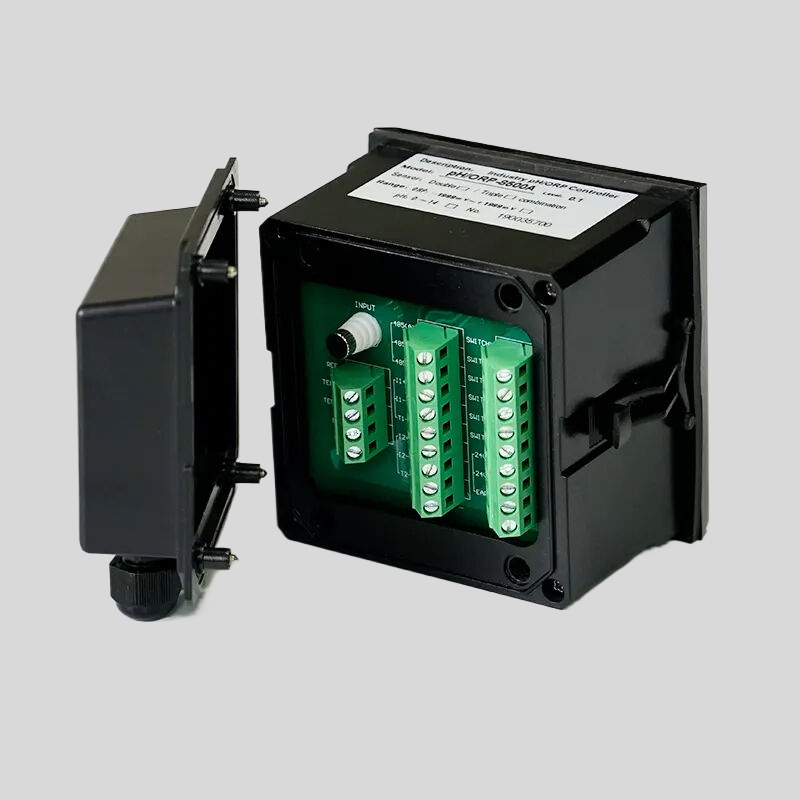
When interpreting TDS meter readings, it’s crucial to consider the source of the water. For example, tap water from different regions may have varying TDS levels due to differences in geological composition and treatment processes. Additionally, TDS readings can fluctuate depending on factors such as seasonal changes, pollution, or aging infrastructure.
While TDS meter readings can provide valuable insights, it’s essential to remember that they are not the sole criterion for determining water safety. Other factors, such as the presence of specific contaminants or microorganisms, should also be taken into account. Consulting with water quality experts or conducting comprehensive laboratory tests can provide a more accurate assessment.
In conclusion, understanding TDS meter readings for drinking water is crucial for assessing water quality. TDS meters provide a quick and convenient way to estimate the concentration
– What is TDS: TDS stands for Total Dissolved Solids and refers to the combined content of all inorganic and organic substances present in water in a dissolved form. These substances can include minerals, salts, metals, and other impurities
Total Dissolved Solids (TDS) in drinking water is a critical factor in determining water quality. TDS refers to the combined content of all inorganic and organic substances present in water in a dissolved form. These substances can include minerals, salts, metals, and other impurities. Understanding TDS and monitoring its levels through a TDS meter is essential for ensuring the safety and quality of drinking water.
TDS can originate from various sources, including natural processes such as mineral leaching from rocks and soil, agricultural runoff, industrial discharges, and domestic sewage. High TDS levels in water can affect its taste, odor, and overall palatability. Furthermore, elevated TDS levels may indicate the presence of harmful contaminants that can pose health risks if consumed.
The measurement of TDS is typically expressed in parts per million (ppm) or milligrams per liter (mg/L). A TDS meter, also known as a conductivity meter, is used to measure the TDS level in water. This handheld device works by assessing the electrical conductivity of the water, which is directly related to the concentration of dissolved solids. When immersed in water, the TDS meter measures the electrical conductivity and provides a digital readout of the TDS level.
The TDS meter reading for drinking water serves as an essential tool for assessing water quality. Low TDS levels, typically below 300 ppm, may indicate that the water lacks essential minerals and may taste flat or insipid. On the other hand, extremely high TDS levels, generally above 1000 ppm, can signify the presence of excessive inorganic salts, heavy metals, or other contaminants, making the water unsuitable for consumption.
| CCT-3300 | ||||
| Constant | 10.00cm-1 | 1.000cm-1 | 0.100cm-1 | 0.010cm-1 |
| Conductivity | (500~20,000) | (1.0~2,000) | (0.5~200) | (0.05~18.25) |
| μS/cm | μS/cm | μS/cm | MΩ·cm | |
| TDS | (250~10,000) | (0.5~1,000) | (0.25~100) | —— |
| ppm | ppm | ppm | ||
| Medium Temp. | (0~50)℃(Temp. Compensation : NTC10K) | |||
| Resolution | Conductivity: 0.01μS/cm;0.01mS/cm | |||
| TDS: 0.01ppm | ||||
| Temp.: 0.1℃ | ||||
| Accuracy | Conductivity:1.5%(FS) | |||
| Resistivity: 2.0%(FS) | ||||
| TDS:1.5%(FS) | ||||
| Temp:±0.5℃ | ||||
| Analog Output | Single isolated(4~20)mA,instrument/transmitter for selection | |||
| Control Output | SPDT relay,Load Capacity: AC 230V/50A(Max) | |||
| Working Environment | Temp: (0~50)℃;Relative humidity: ≤85%RH(none condensation) | |||
| Storage Environment | Temp:(-20~60)℃; Relative humidity ≤85%RH(none condensation) | |||
| Power Supply | DC 24V/AC 110V/AC 220V±15%(for selection) | |||
| Dimension | 48mm×96mm×80mm (H×W×D) | |||
| Hole Size | 44mm×92mm (H×W) | |||
| Installation | Panel mounted, fast installation | |||
Regular monitoring of TDS levels in drinking water is crucial for identifying any fluctuations that may indicate changes in water quality. By tracking TDS readings over time, it becomes possible to detect any abnormal variations and take appropriate corrective measures to safeguard the purity of the water supply. Moreover, TDS meter readings can help in evaluating the effectiveness of water treatment processes, such as reverse osmosis, distillation, or filtration, by quantifying the reduction in TDS levels achieved through these methods.
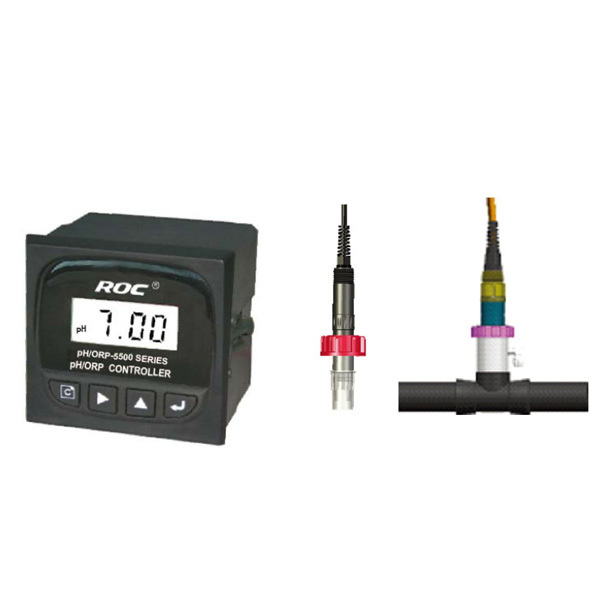
It is important to note that while TDS meter readings provide valuable insights into water quality, they do not specifically identify the individual substances present in the water. Therefore, TDS measurements should be complemented with comprehensive water quality testing to assess the specific contaminants and ensure compliance with regulatory standards.
In conclusion, understanding the significance of TDS meter readings for drinking water is pivotal in maintaining water safety and quality. By monitoring TDS levels, detecting anomalies, and implementing appropriate corrective actions, it is possible to ensure that drinking water meets the necessary standards for human consumption. As such, the use of


